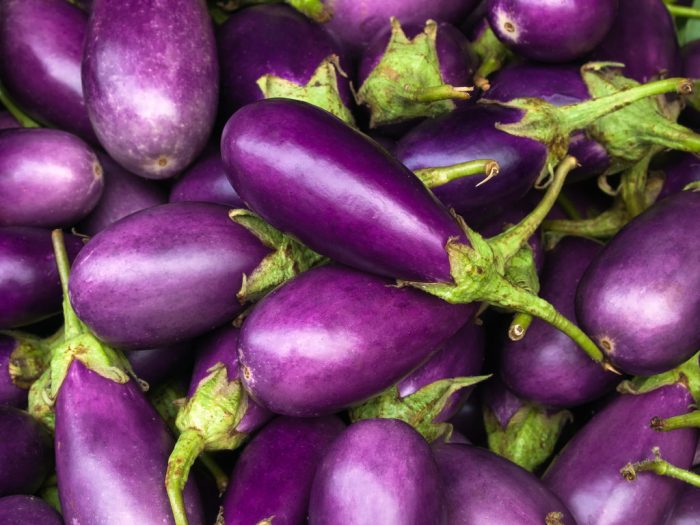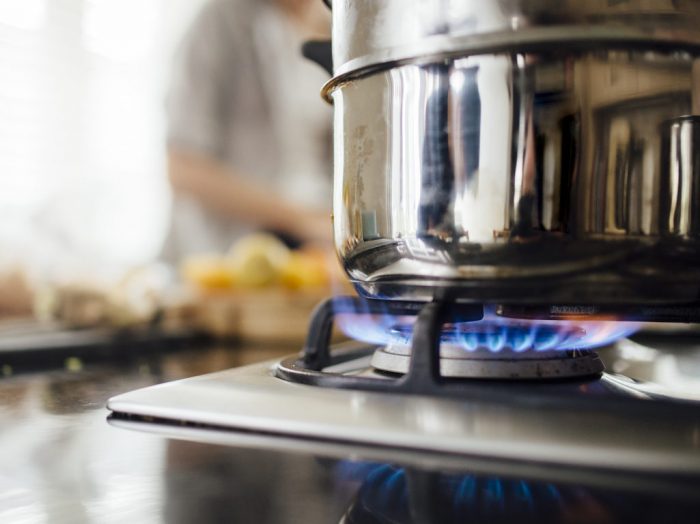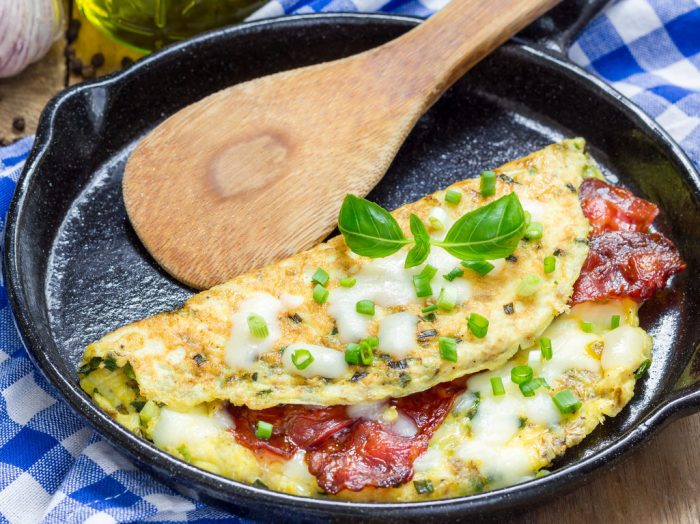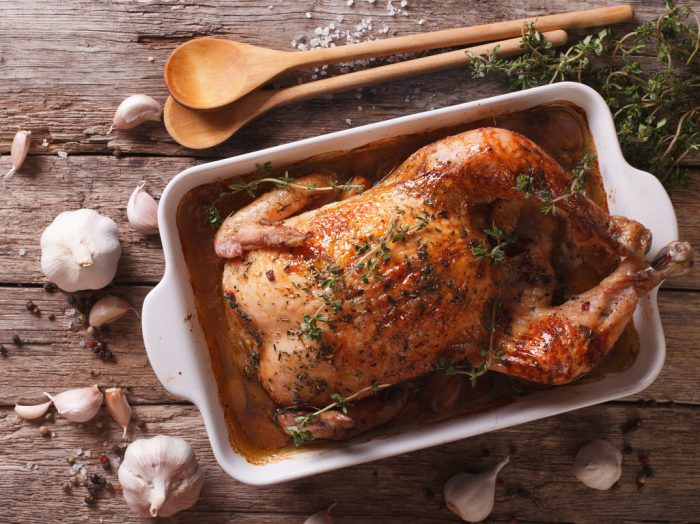Autumn is definitely the best season for cooking eggplant because you can find it anywhere, in all shapes and sizes. But why limit your enjoyment of this veggie for that time of year? You can find it in supermarkets all year and you can take advantage of so many nutrients, like B1, B3, B6, and K vitamins, fiber, and potassium. This veggie is also excellent because it’s extremely versatile and the options for cooking it are many.
I was never that much into eating cooked veggies; I preferred them fresh any day of the week. To me, cooked veggies seemed like they lost their beautiful texture and fresh flavor and somehow turned to mush. This was all until recently, when I became more “adventurous” with what I ate, adventurous as opposed to my previous diet. Cooking eggplant was one of my priorities, but I did not get it right. At first.
Of course, as with any food, it’s good to do a little research before cooking eggplant, because believe us, you want to accentuate its flavors as much as possible. There are some mistakes you could make, and you could end up with a bitter eggplant dish. Like I did.
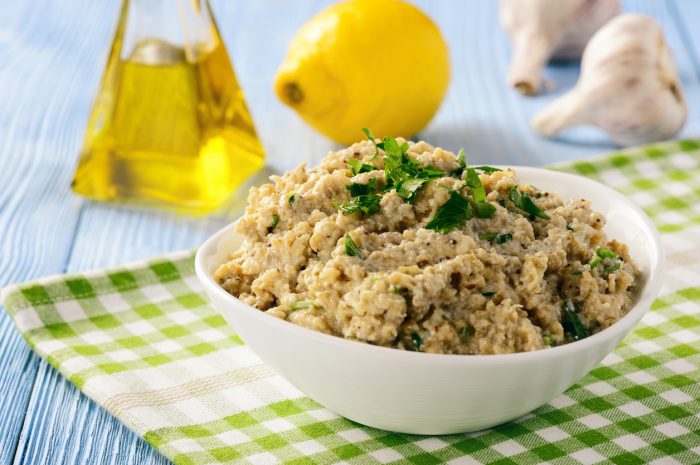
The benefits of eating cooked eggplant
And that would be a shame, because not only can eggplant be tasty and with an amazing texture, but it’s also pretty healthy eating in my or anyone else’s book. One cup of cubed and cooked eggplant only has 35 calories, but it’s rich in fiber, minerals like copper, manganese, and potassium, but also B1, B3, B6, and K vitamins.
It also contains phytonutrients with antioxidant activity. Thanks to them, eating eggplant helps protect brain cell membranes. It also lowers the risk of heart disease because those antioxidants keep your bad cholesterol levels low.
If you cook the eggplant right, it’s creamy and earthy and makes one hell of a dip or puree. It’s also excellent in roasted and grilled dishes.
How to avoid mistakes when cooking eggplant
1. By choosing the right one
It’s always tempting to go for the bigger, glossier eggplants in the market for purely aesthetic reasons. These are good for making eggplant parmigiana or baba ghanoush. But there are sweeter varieties like the chubbier Thai one or the slender Japanese one. These are better for stir-fries. So, think of a dish and then pick the eggplant variety accordingly.
Also, you need a ripe eggplant to be able to take full advantage of the flavor! How do you know if it’s ripe? Check out the skin. If it’s firm and shiny, then it’s good for cooking. If it’s a bit squishy, then look for another one!
Eggplants should feel heavy in your hand when you pick it up and it should also have a shiny skin and a green stem.
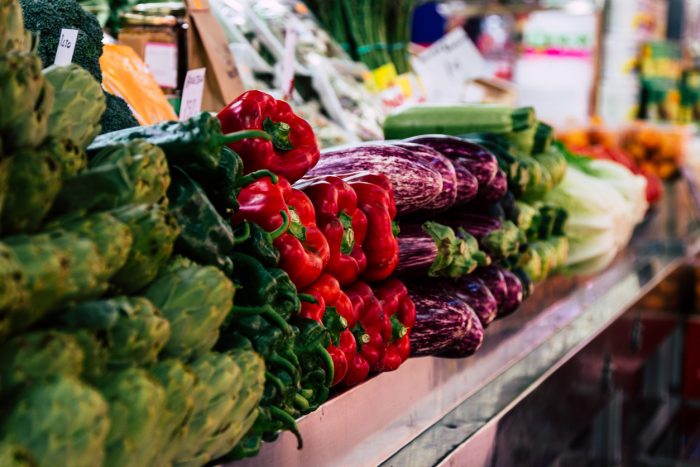
2. Be careful when using fat or oil to cook it
Eggplant has a spongy texture, which means it’s prone to absorbing oils and fats, so it could end up soggy in the end, with a very oily taste. That’s what I went through multiple times until I found out what the solutions are! You can coat the eggplant pieces with eggs and breadcrumbs to form a barrier between the oil and the veggie. Or treat them with salt to remove some of the moisture. You could also coat them with oil and broil them until they’re brown and crispy.
Don’t cook it in too much fat, because you could have a greasy and disgusting dish on your hands.
But that doesn’t mean you should be afraid of using oil or fat to cook your eggplant. Because it soaks up the fat, it needs a bit more oil to be cooked on the surface. Just follow the instructions in the recipe and you should be fine.
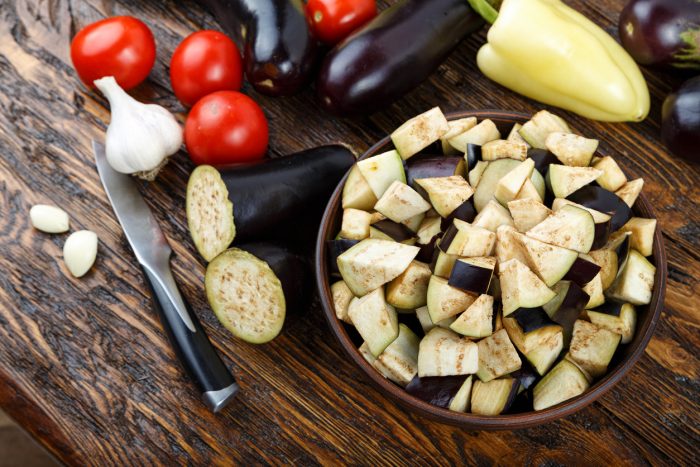
3. Don’t overpower it with the other ingredients
When you’re cooking with eggplant and cheeses or sauces, it’s essential not to drown your star veggie in the other ingredients, because eggplant has a very nice flavor. And the goal here is to enhance it, not obscure it. What good would it do to get just another dish that tastes like melted cheese, sauce, and not much else?
Use seasoning, condiments, and other ingredients to enhance its flavor. Eggplant goes well with soy sauce, tahini sauce, lentils, pine nuts, cumin, tomatoes, chickpeas, ginger, or garlic. The goal here is to experiment, and there are a lot of recipes out there with great ideas. Here are some.
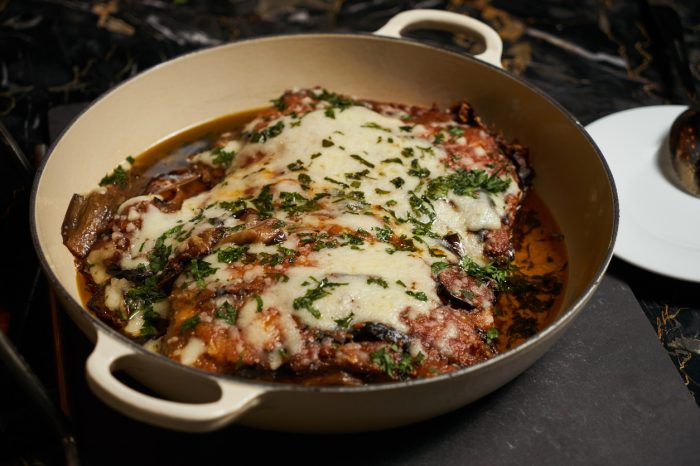
4. Know when to remove the skin
If you have a huge eggplant, it could be older and have a tougher skin. In this case, it’s a good idea to peel it. Smaller, younger eggplants have tender skins which means you can keep them on for more texture and flavor in your dish.
To make the most out of your eggplant, use it in a hearty casserole!

